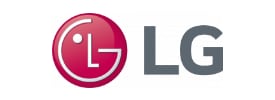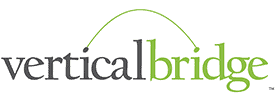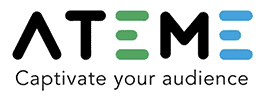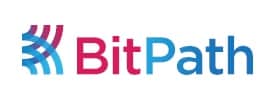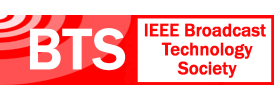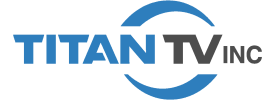- About
- Members
- Sponsors
- Subcommittees
- Technical Documents
- News
- Events
- Spotlight ATSC 3.0
- Contact Us
- Member Login
- Member Meetings
- Advanced Search
Search Site
Member Links
- About
- Members
- Sponsors
- Subcommittees
- Technical Documents
- News
- Events
- Spotlight ATSC 3.0
- Contact Us
- Member Login
- Member Meetings
- Advanced Search
A/52, Digital Audio Compression (AC-3) (E-AC-3) StandardApproved: 25 January 2018
This document specifies the coded representation of audio information and the decoding process, as well as information on the encoding process. The coded representation specified is suitable for use in digital audio transmission and storage applications, and may convey from 1 to 5 full-bandwidth audio channels, along with a low-frequency enhancement channel. A wide range of encoded bit-rates is supported by this standard. Typical applications of digital audio compression include satellite or terrestrial audio broadcasting, delivery of audio over metallic or optical cables, and storage of audio on magnetic, optical, semiconductor, or other storage media. Included as an annex, “Enhanced AC-3 Bit Stream Syntax” specifies syntax that offers additional coding tools and features.
Download A/52:2018, “Digital Audio Compression (AC-3) (E-AC-3) Standard”, approved 25 January 2018.
Subscribe to our Newsletter
Subscribe to The Standard, our monthly newsletter, to stay up-to-date with ATSC news and events around the world.
Site Links
Contact Us
ATSC
1300 I Street NW, Suite 400E
Washington, DC 20005 USA
Do you have questions about ATSC?
About ATSC
ATSC, the Broadcast Standards Association, is an international, non-profit organization developing voluntary standards and recommended practices for digital terrestrial broadcasting. Serving as an essential force in the broadcasting industry, ATSC guides the seamless integration of broadcast and telecom standards to drive the industry forward. Currently, the ATSC 3.0 Standard is providing the best possible solution for expanding the potential of the broadcast spectrum beyond its traditional application to meet changing needs. From conventional television to innovative digital data services, ATSC has one clear goal: to empower the broadcasting ecosystem like never before.
© 2025 ATSC





